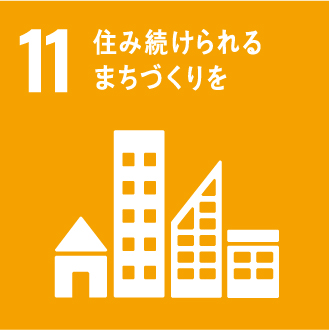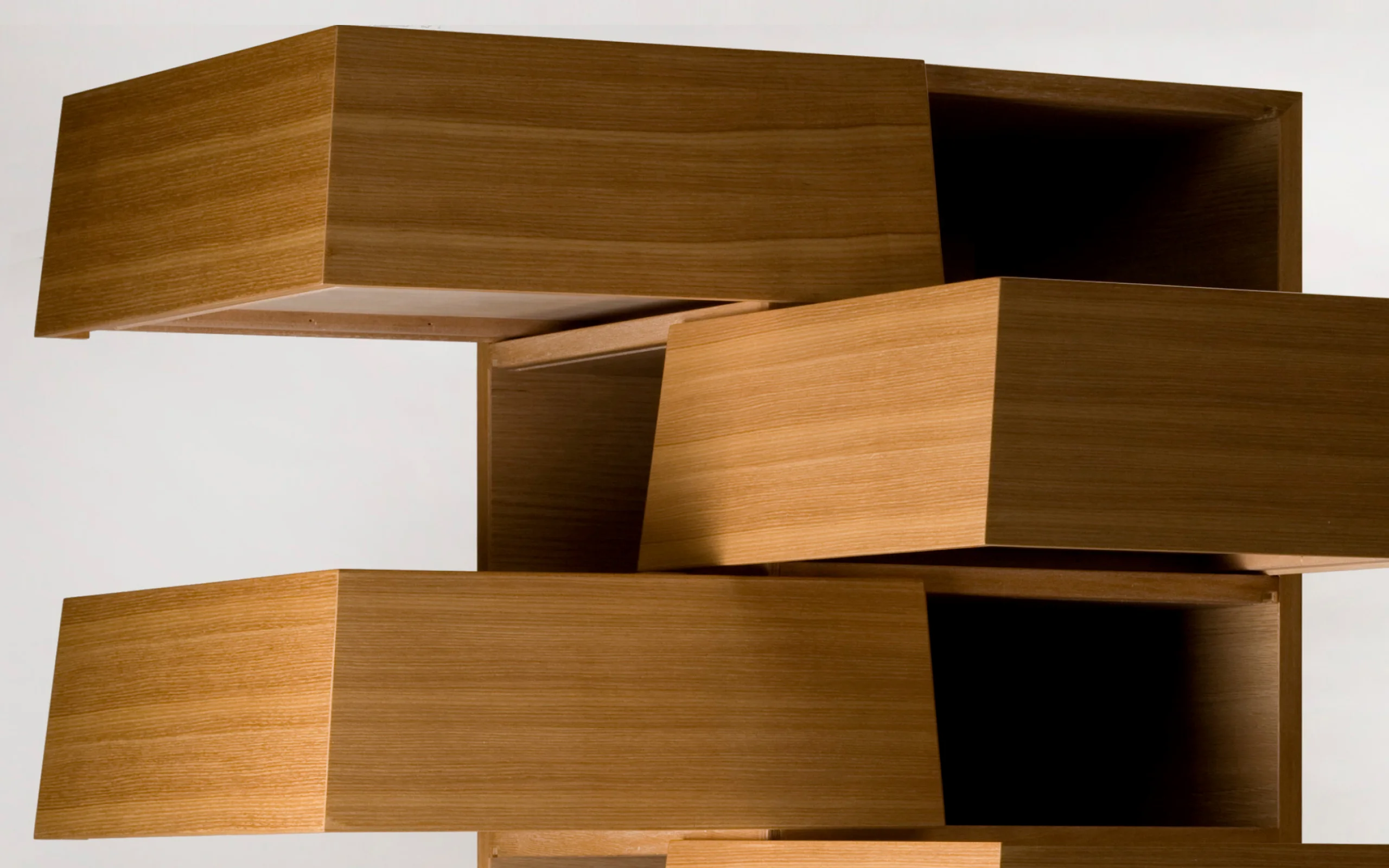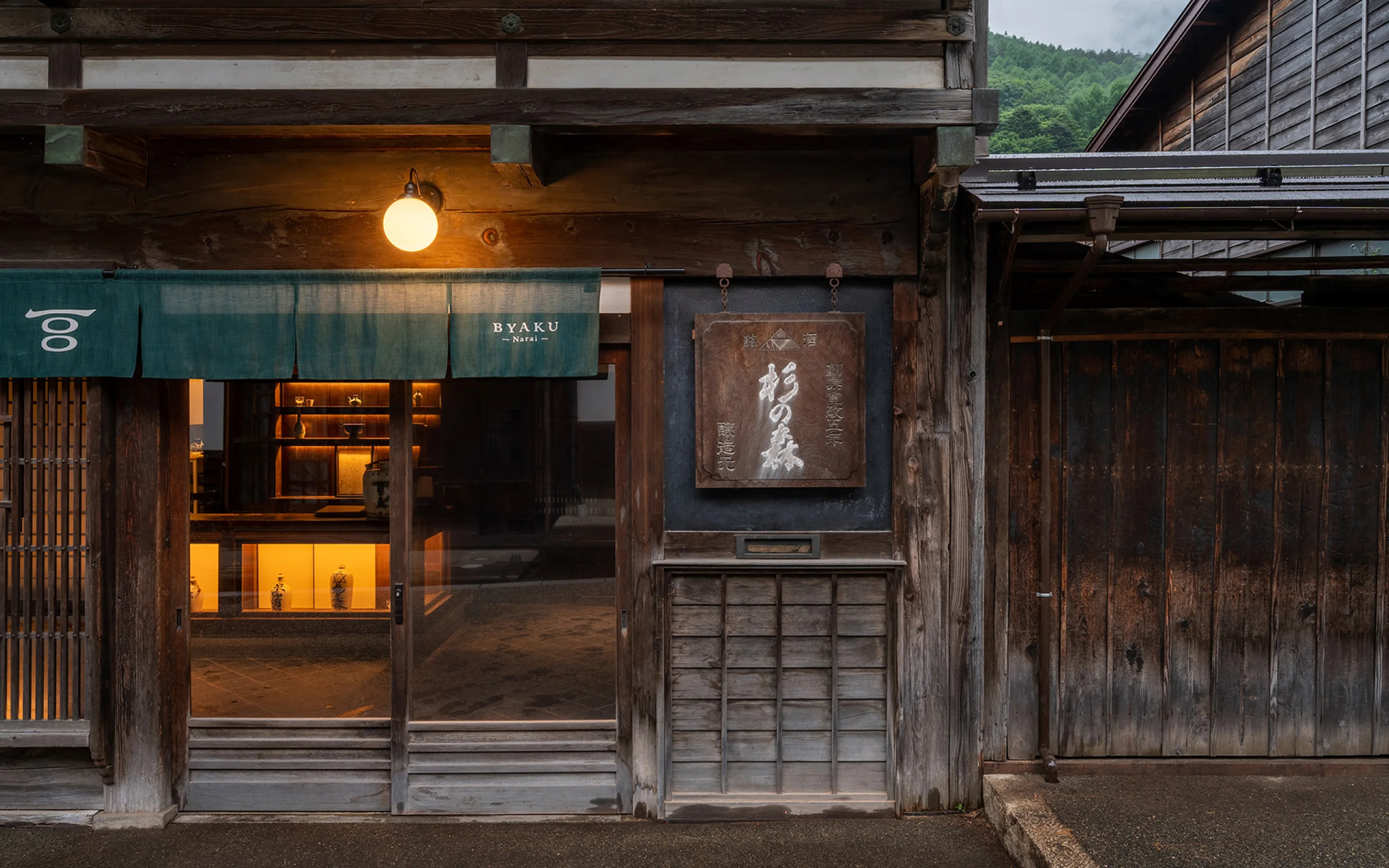
PROJECT
BYAKU
Revitalized cultural properties in Nagano and Narai-juku as accommodation facilities. Created new tourism model that connects the region with travelers, earning a Michelin One-Key designation.
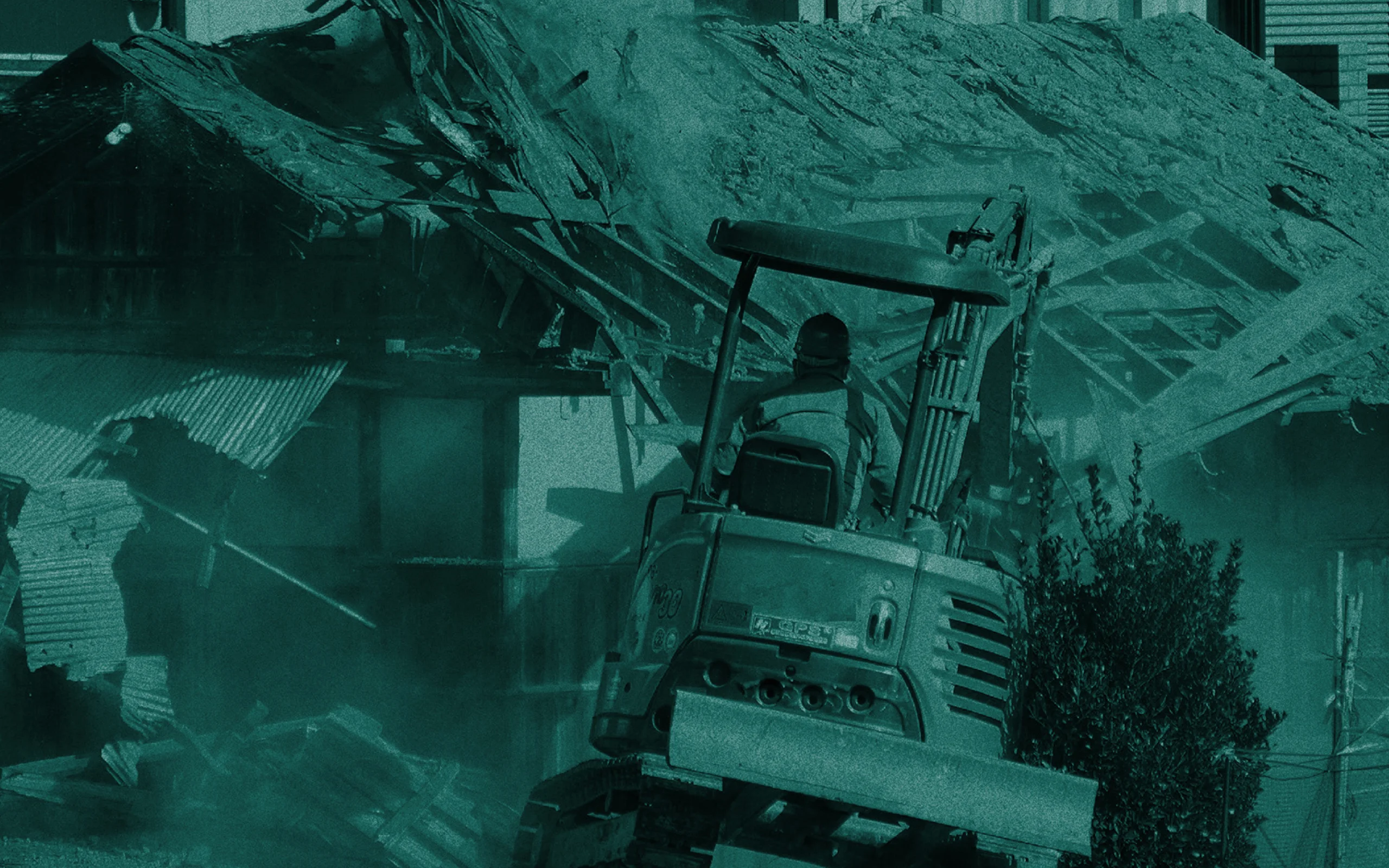
WHY
Are local cultures and buildings sustainable?
Today, buildings and traditional industries that are unique cultural properties of Japan’s various regions are being rapidly lost to time. This even includes post-towns that once prospered as main routes for the transit of people and goods in days gone by.
The beautiful scenery of Japan that traditional wooden architecture creates was once a source of attraction for visitors to these areas, but changes in transportation have led to a sharp decline in people through these zones, and they lack the vitality and throngs of people they once had. In addition, due to the aging community and depopulation of these regions, it has become difficult to maintain valuable buildings, which uphold the unique culture cultivated over many years, safeguarding them for the future.
More traditional houses collapse each year
Issues for old streets
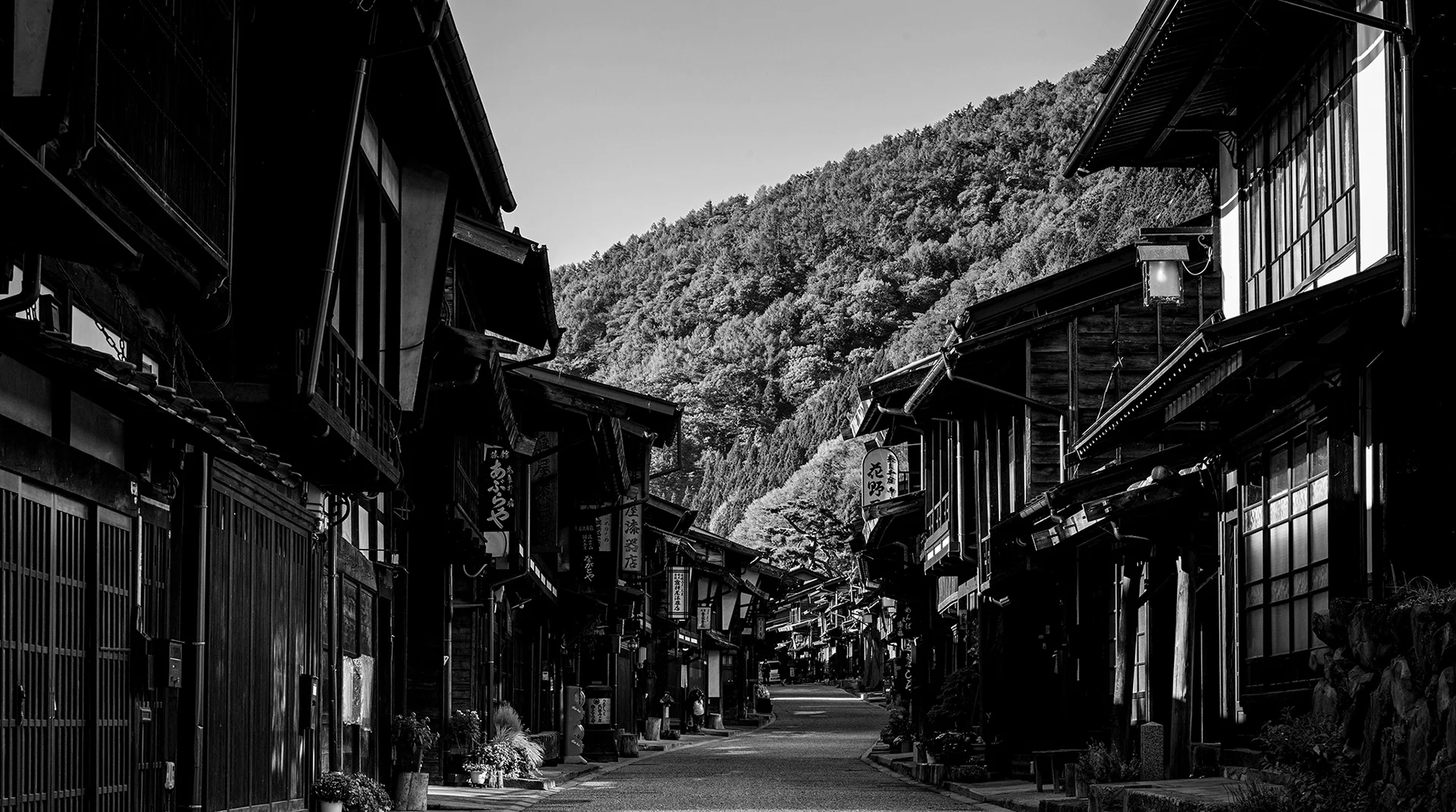
HOW
An inn offering 100 experiences unique
to the region.
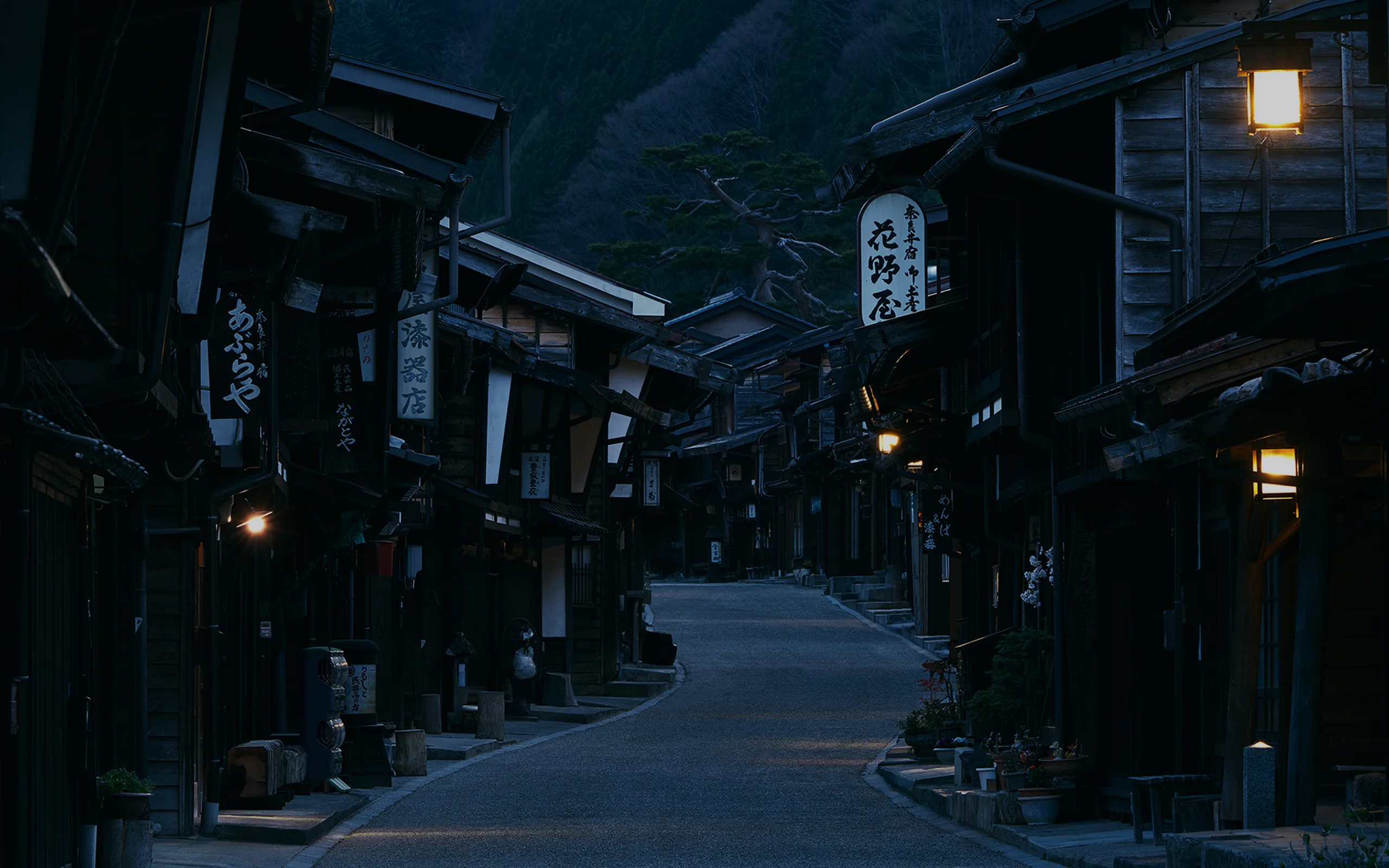
Narai-juku, located in Shiojiri, Nagano prefecture, is a post town where one can find the traditional atmosphere of the Edo period alive in modern times. Its 1km-long townscape of traditional wooden buildings has become a world-class heritage site of Japan like no other. We were involved in the branding of a high-end accommodation site with adjoining facilities such as a restaurant, sake brewery, bar, and other amenities in a renovated important cultural property in Narai-juku.
Narai-juku, which flourished as the 34th post town of the 69 stations of the Nakasendo road, was once a hub for human interaction and the exchange of goods and commerce. However, in recent years, with the decline of the population and shrinking tourism, it has become a major challenge to revitalize the region and bring this wonderful landscape into the future.
Given this context, Takenaka Corporation and Shiojiri City launched a project to create a complex facility in a renovated sake brewery that is an important cultural property. We were approached by 47 Planning, which produced the facility, to aid in brand development.

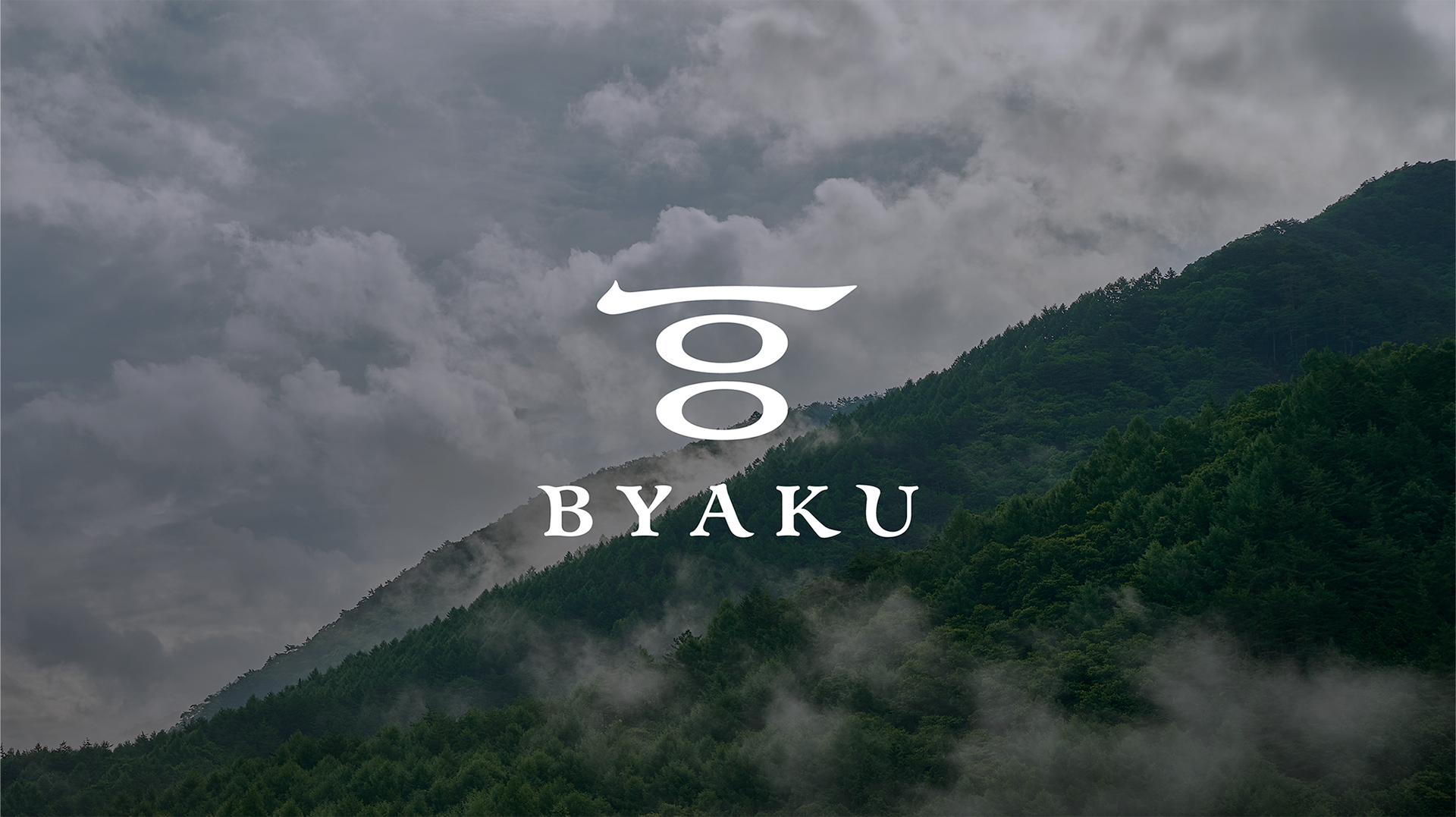
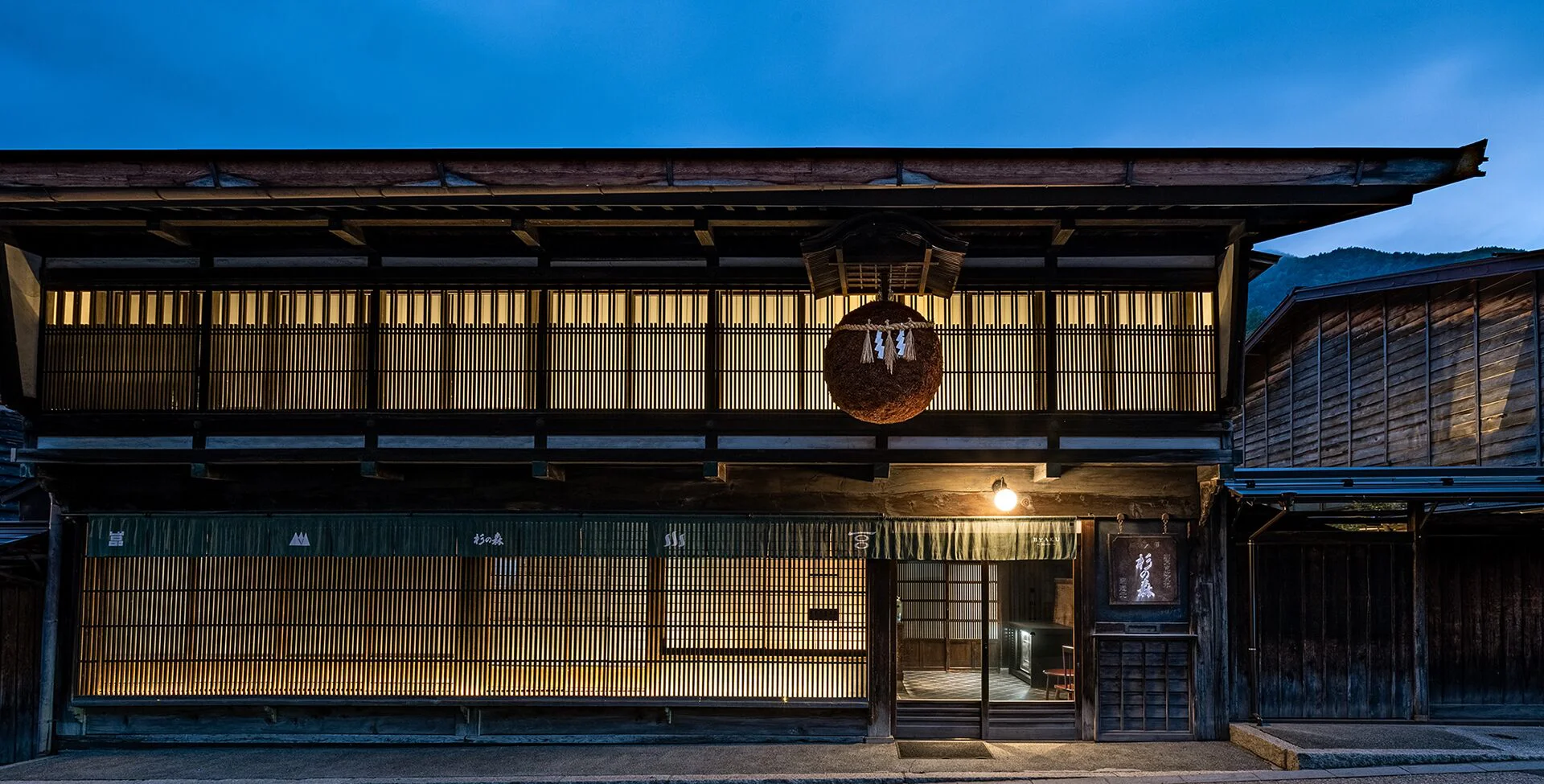
CLIENT VOICE
One of the most memorable moments I experienced while working with Mr. Tachikawa was when we had a clear vision of what we wanted to create, but were stuck because we couldn’t decide on the name of the inn.
After visiting the renovation site in Narai-juku, we were on our way back to our accommodation in Matsumoto. Mr. Tachikawa had been quiet the whole ride, until he suddenly noticed a sign along the road that said “〇〇-juku.” He then said, “Within the character 宿 (shuku, meaning ‘inn’), you can find the elements for ‘house,’ ‘person,’ and ‘hundred.’ What if we called it BYAKU—meaning a hundred houses, a hundred people, and a hundred stories?”
The moment he said it, both I and Miyaji, the project leader, let out a cheer, and right then and there the name BYAKU was decided. That is the moment that left the deepest impression on me.
BYAKU exists to safeguard the treasures of the region, introduce them to guests in their finest form, and inspire visitors to become fans of the community. Our goal is to evolve BYAKU into the inn most deeply connected with its region in all of Japan. And we hope to continue walking this journey together with NOSIGNER as our invaluable partner.
47PLANNING CO.,LTD
Kenji Suzuki


We took an interest in the way the character 宿 (inn) is composed of the radicals 宀 (rooftop), 百 (one hundred), and 人 (person), so we set as our vision that 100 people might connect through this site, and that it last 100 years or more into the future.
The name BYAKU conveys the idea of the “hundreds” of people who might connect with the region, and the “hundreds” more years we hope this building will last.
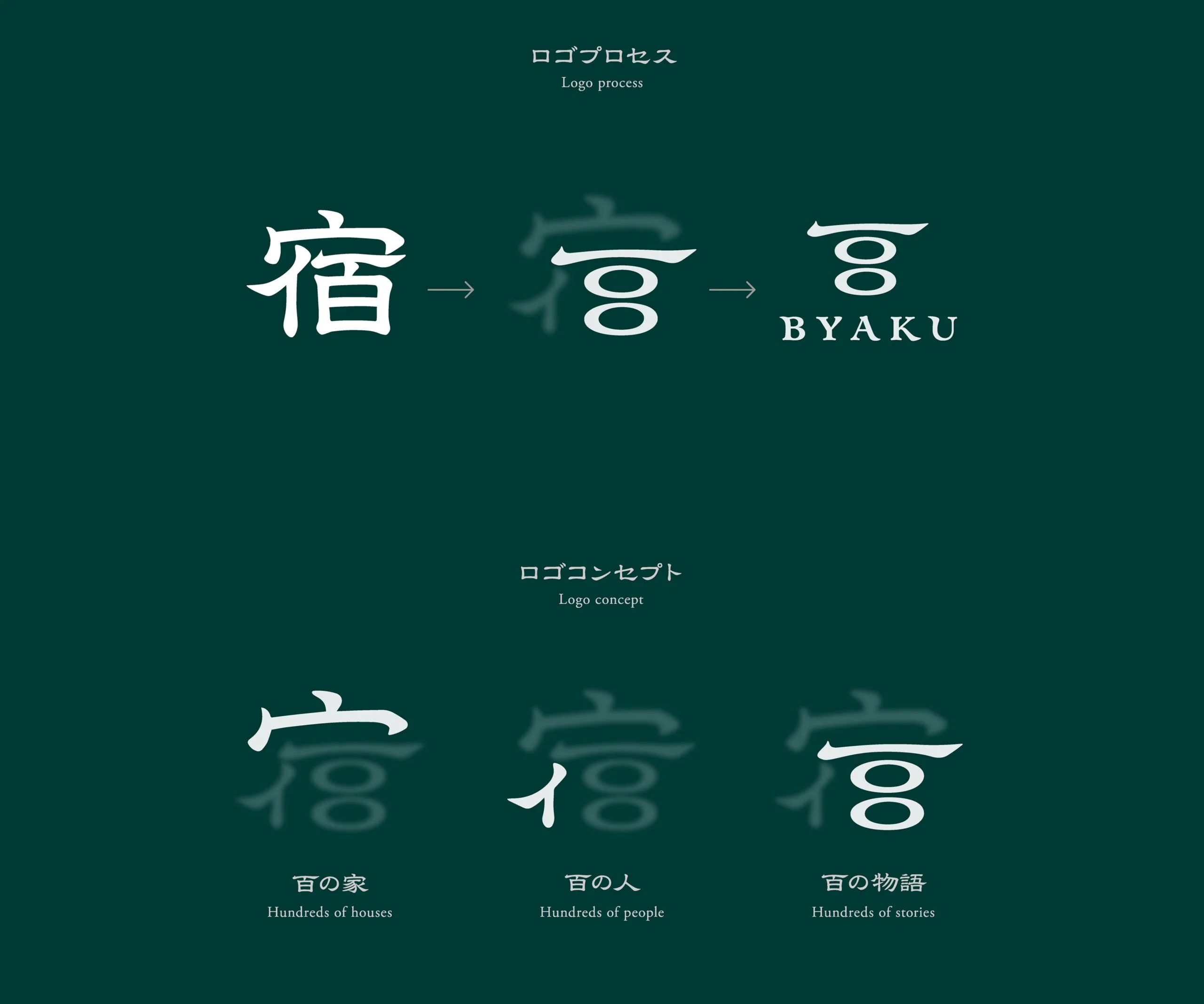
At a typical luxury hotel, the guest experience is confined to the facility itself, so any activity there fails to spill out into the area; if anything, it leads to a separation between the local site and the hotel. We thus felt it was key to treat this facility as a hub linking guests with the region. Moreover, we placed providing “one hundred experiences” of lodging as central to communication about the area.
We then created a set of 100 cards, selected with Narai-juku locals, that depict the 100 experiences one can have here. Guests are presented with cards at various sites around the facility, such as the restaurant and bar, experiencing a variety of unique moments that span beyond the lodgings themselves and can only be had in Narai-juku, further connecting them to the region. The set of cards depicting these experiences can then be brought home as a memento.
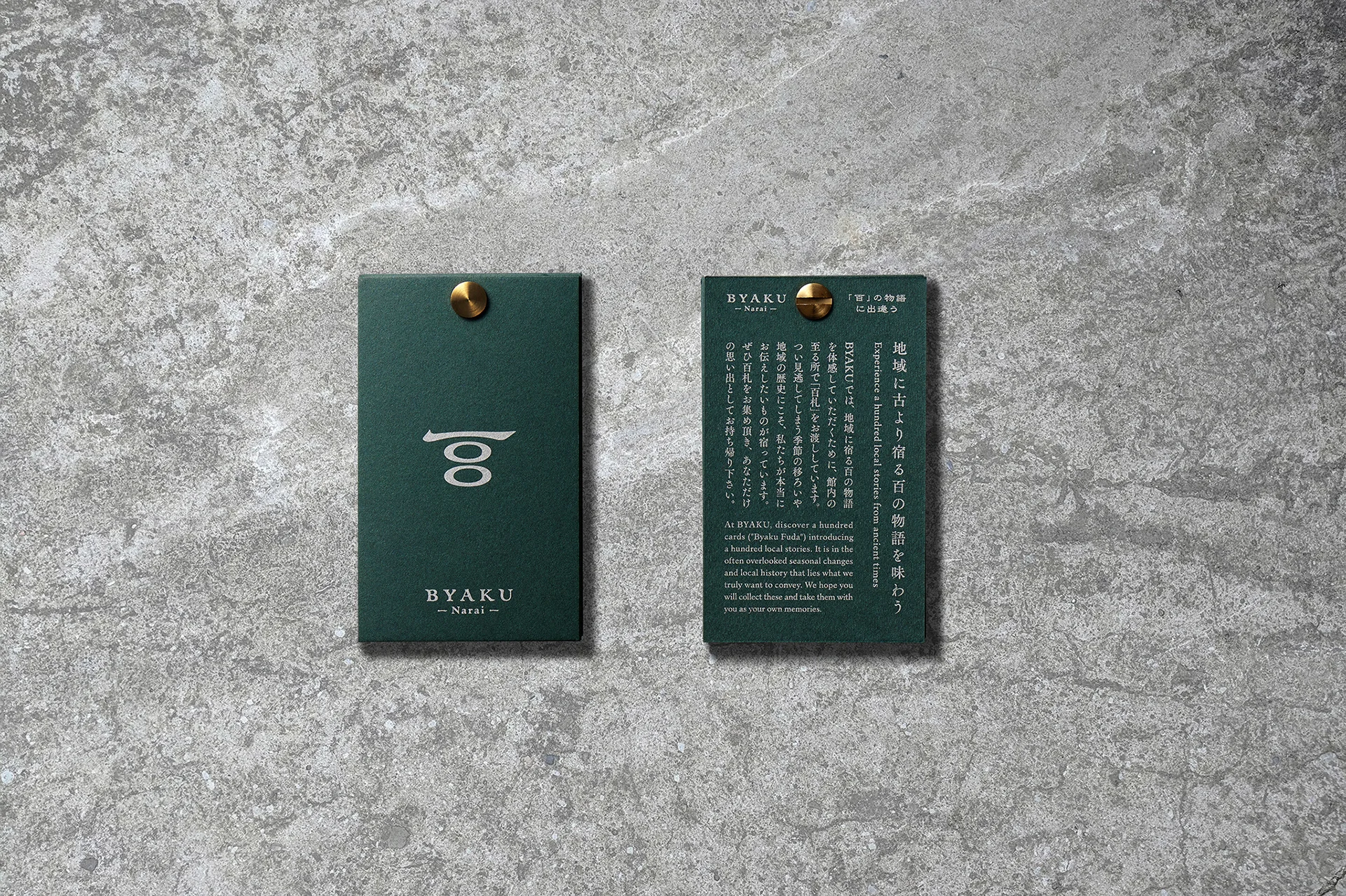
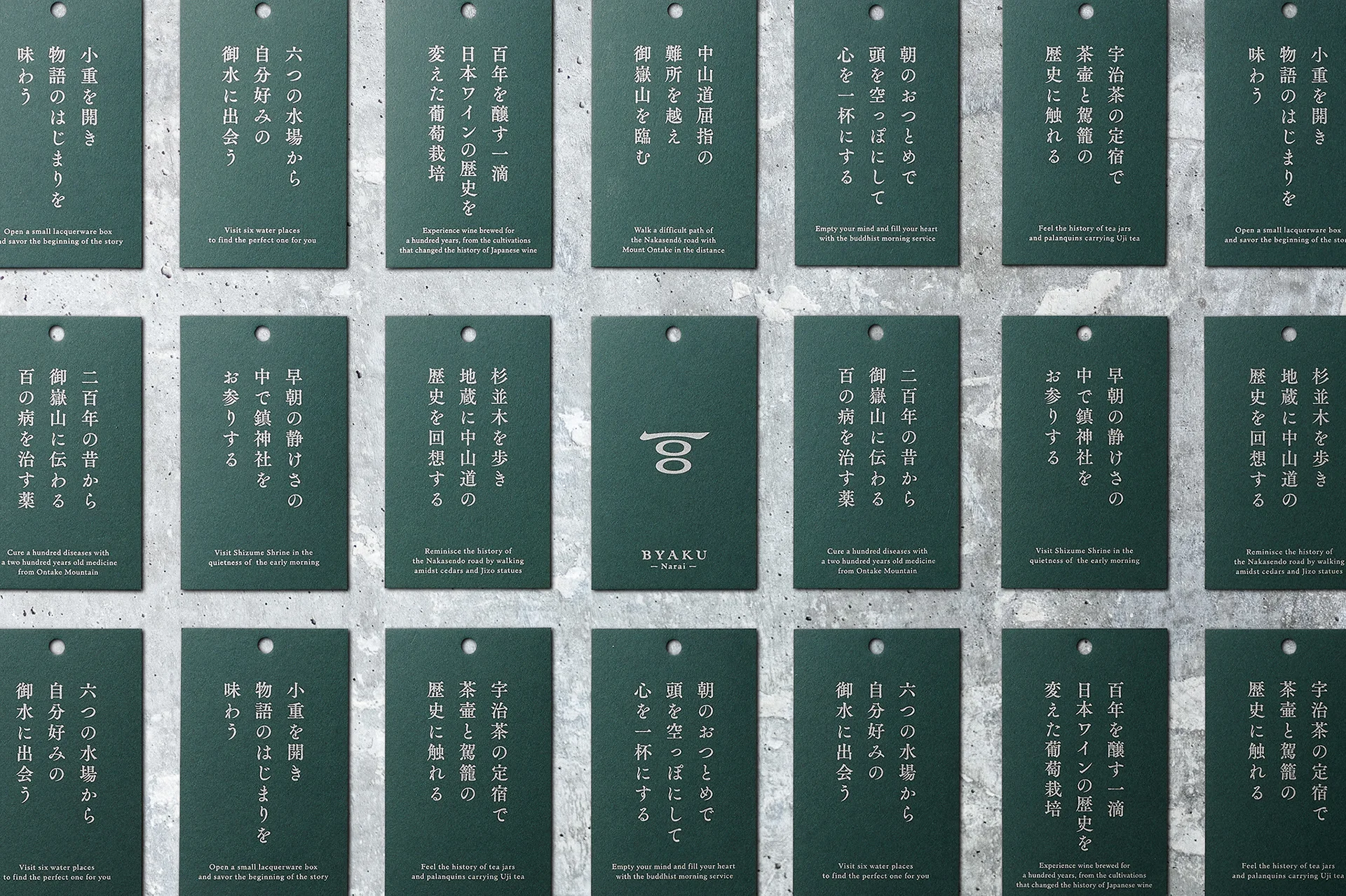
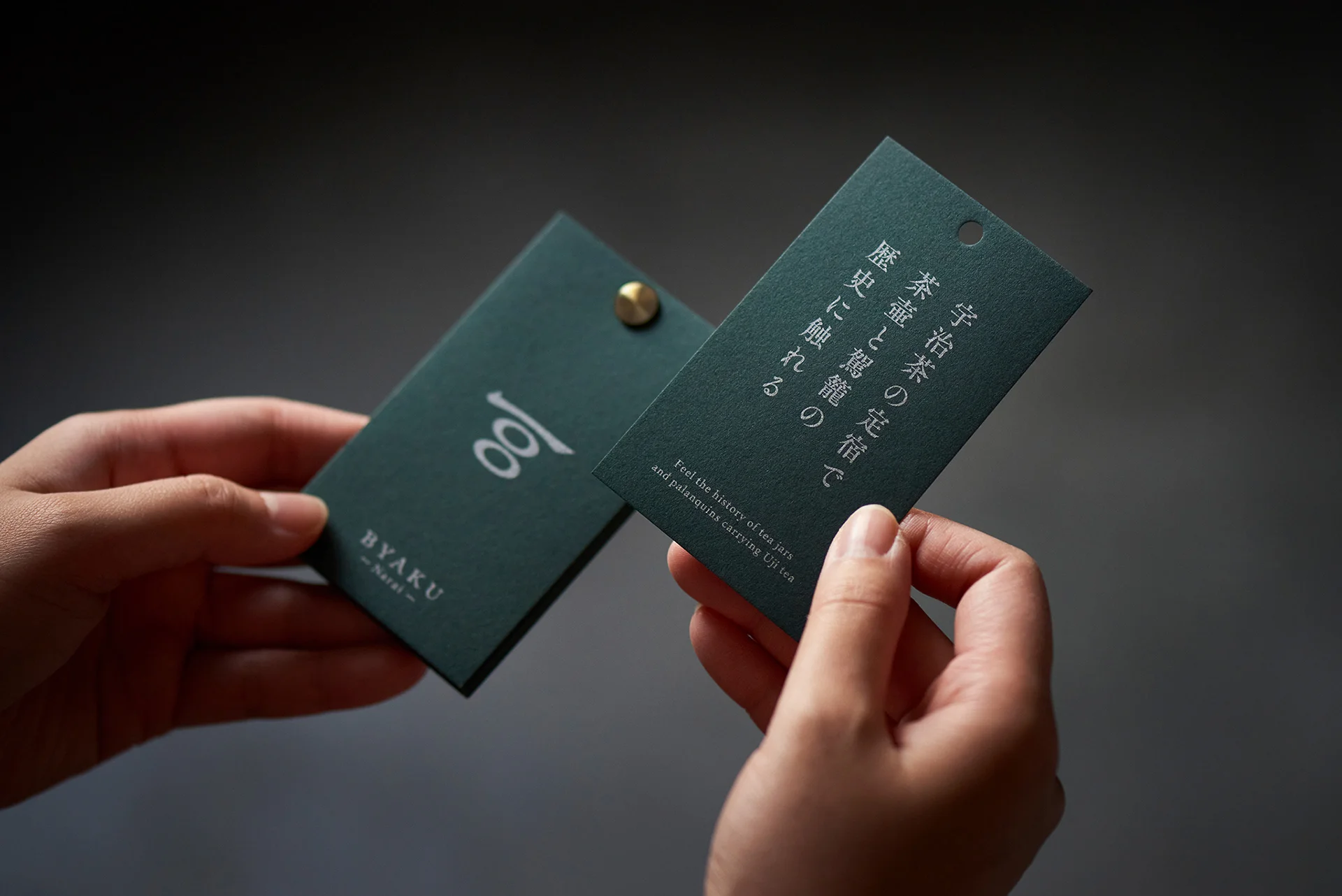
We employed a bellows fold in the leaflet to suggest the mountain ranges of Narai. By dividing all of the spreads on both sides into pages that embody the concept with Narai landscape photos and prose on the left, and pages that concretely tell the story of Narai-juku with photos and text on the right, it provides a useful contrast of information, with the atmosphere and spirituality of Narai-juku on the one hand and practical information about the facility on the other.
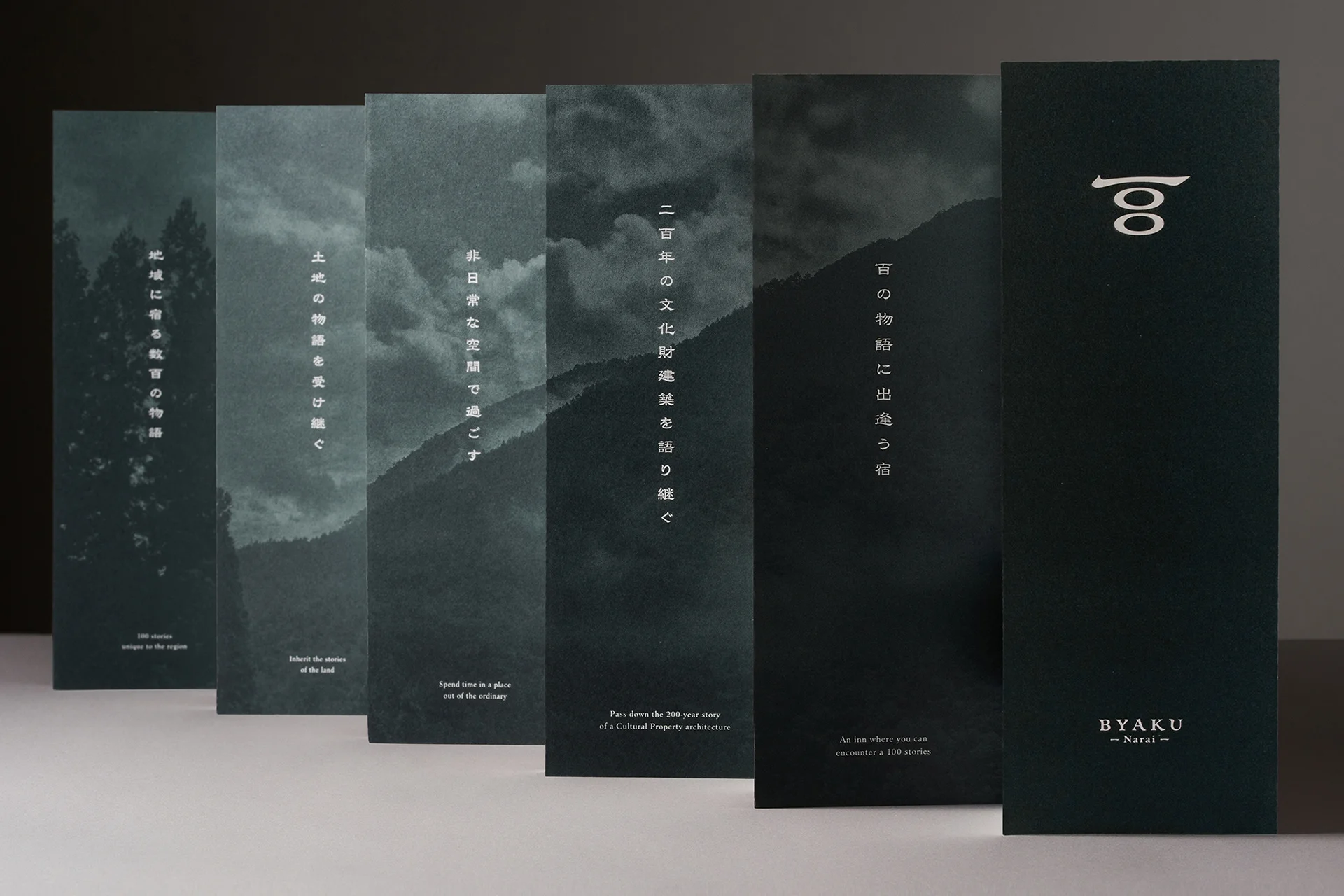
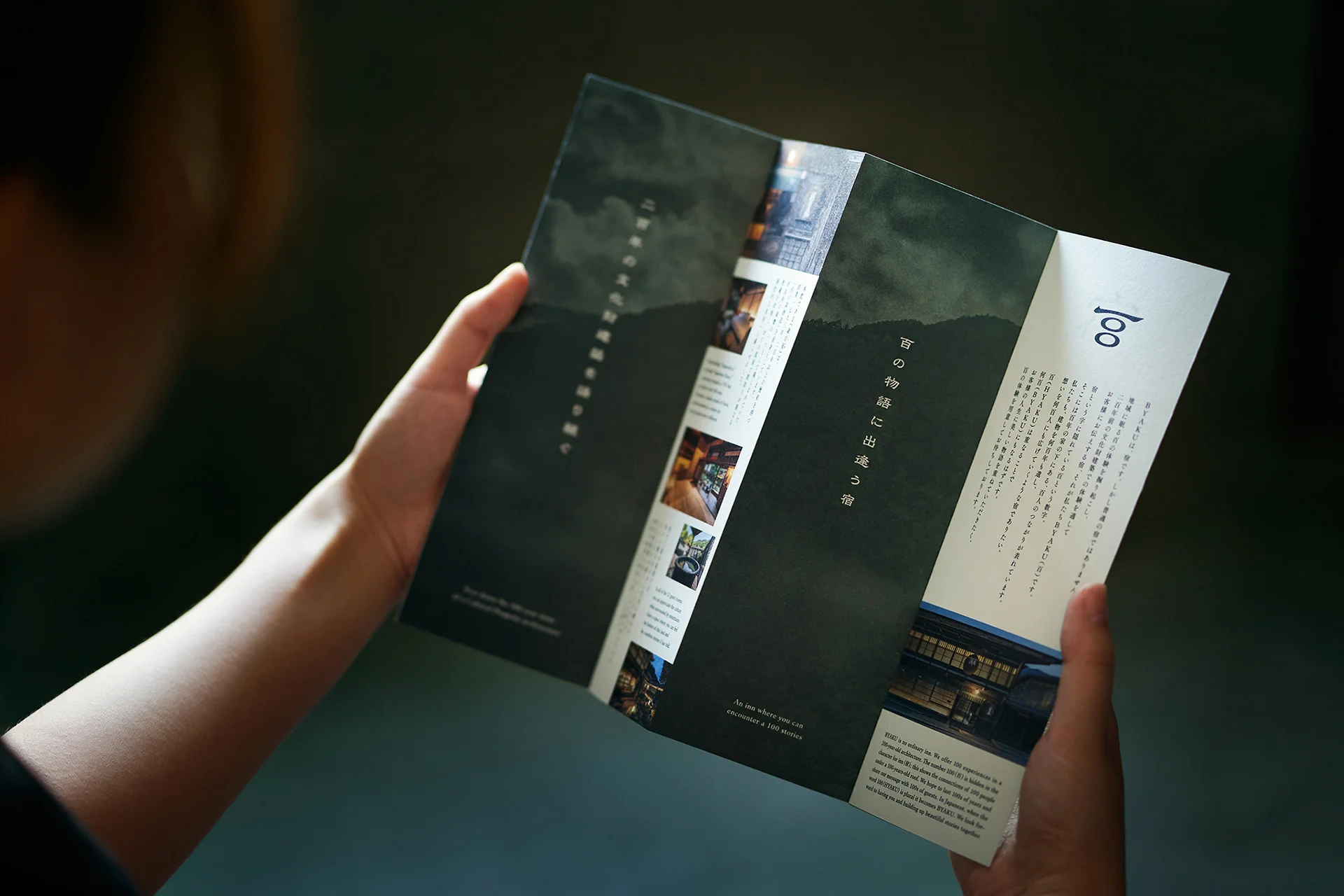
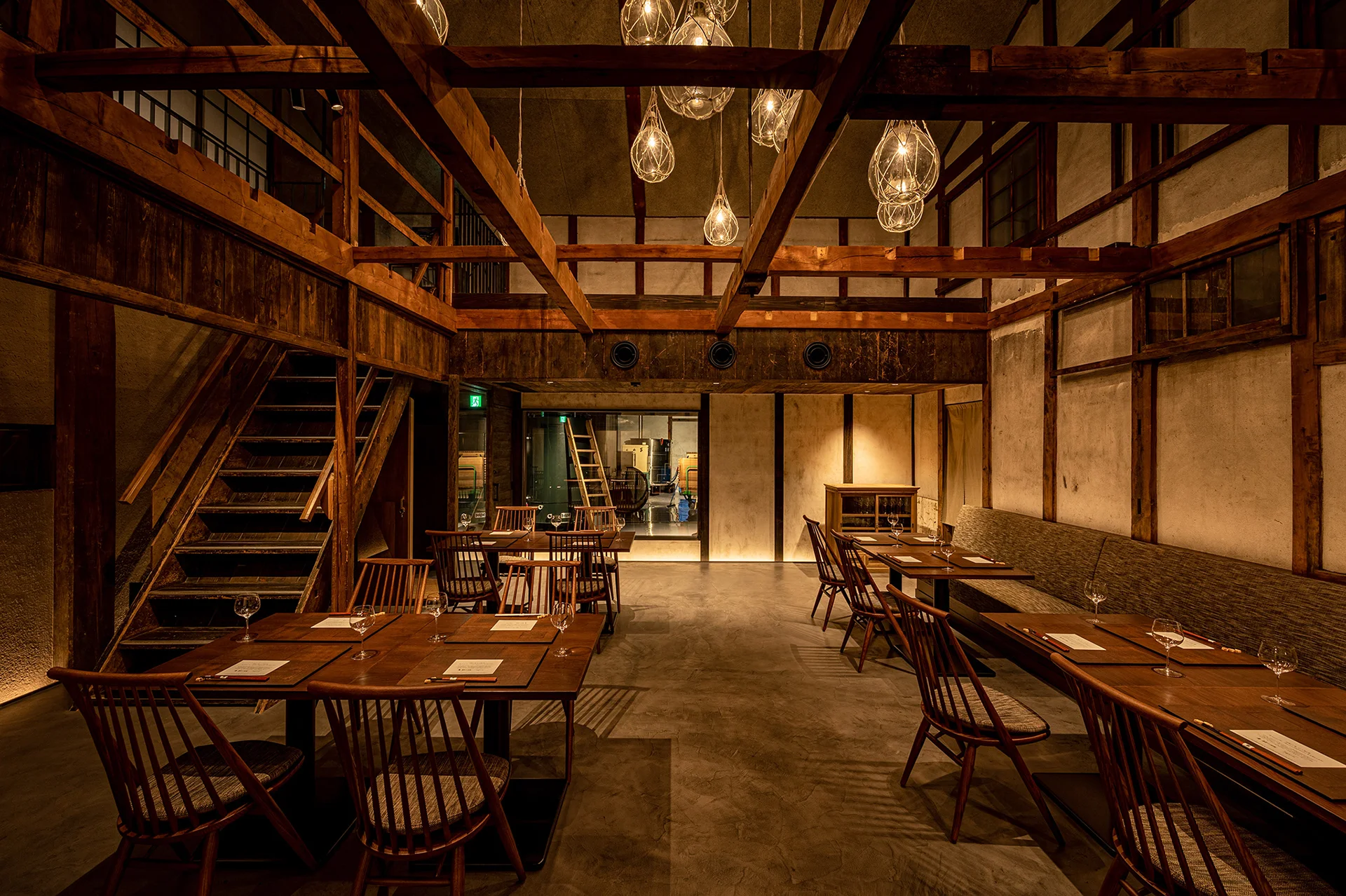
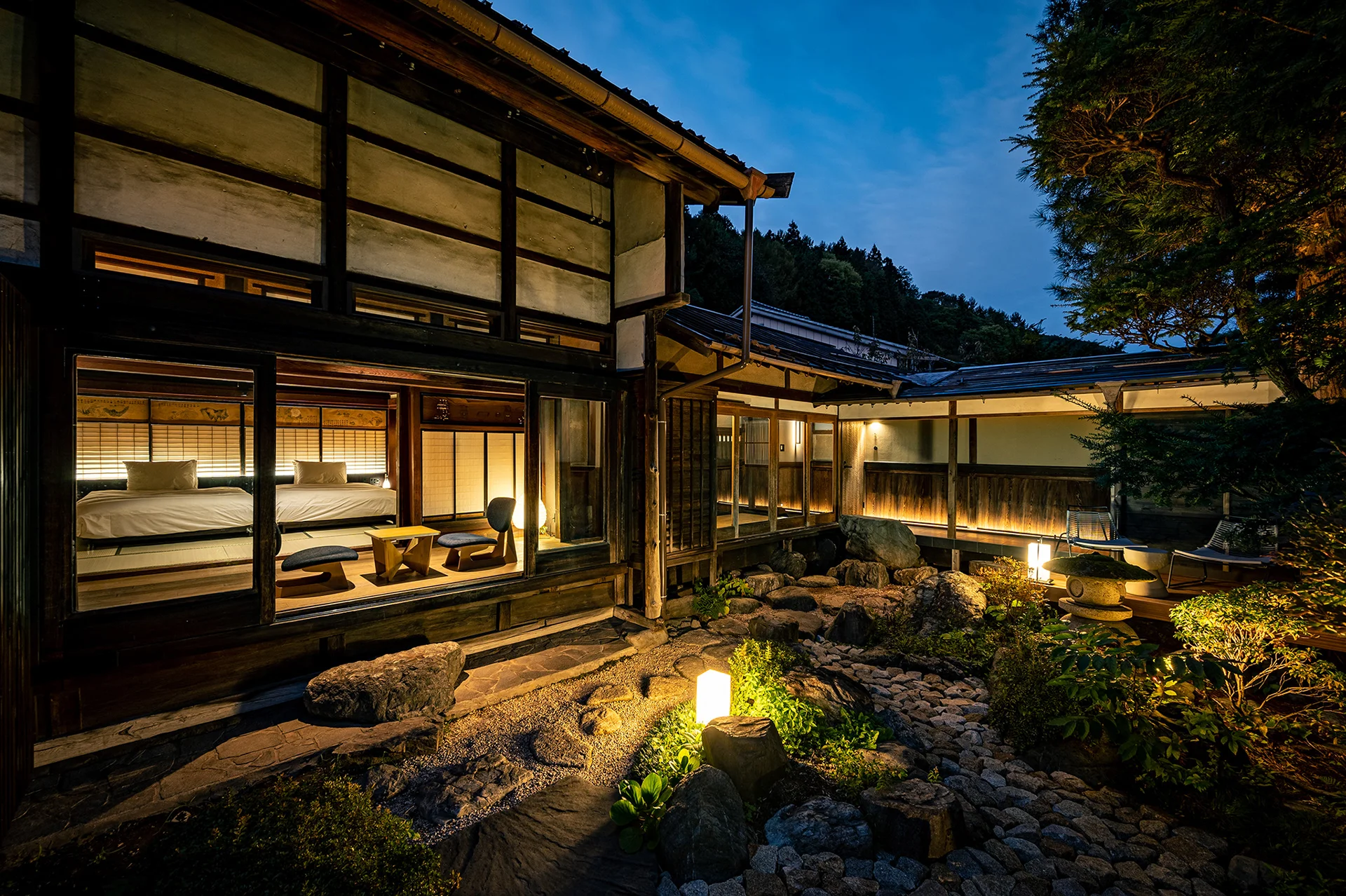
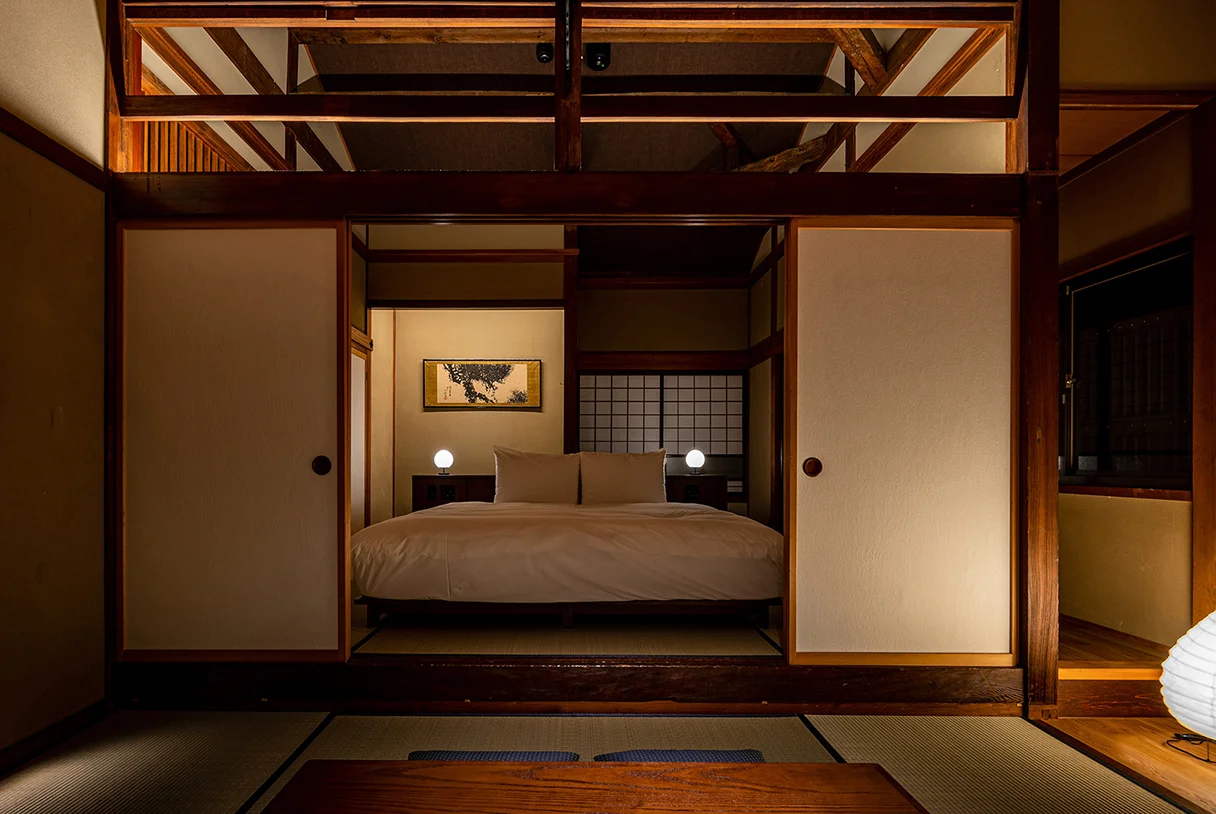
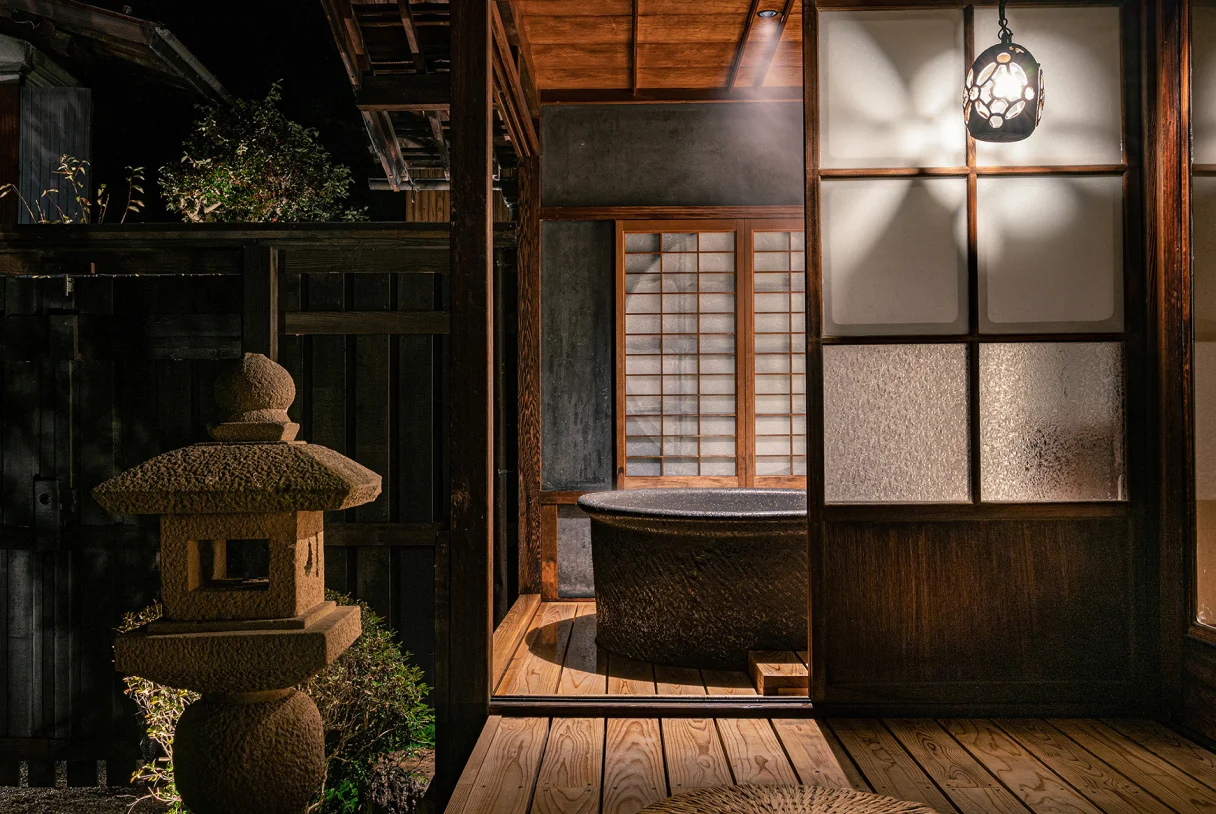
We incorporated the word “hundred” or “hyaku” throughout our communication, such as with phrases like “a picture is worth a hundred words,” “hospitality with one hundred flavors,” and so on, using a symbol suggestive of the Chinese character for 100 in the design of the logo. The design incorporates the Arabic numeral 100 rotated 90 degrees, which aids in conveying the origin of the name to guests from overseas. The sweeping strokes at both sides are inspired by clerical script from ancient Asia, and also incorporate elements of clerical script from Europe. We felt that clerical script, being used in the logos of historic companies and signage of long-established stores, would be the ideal fit for this facility and region.
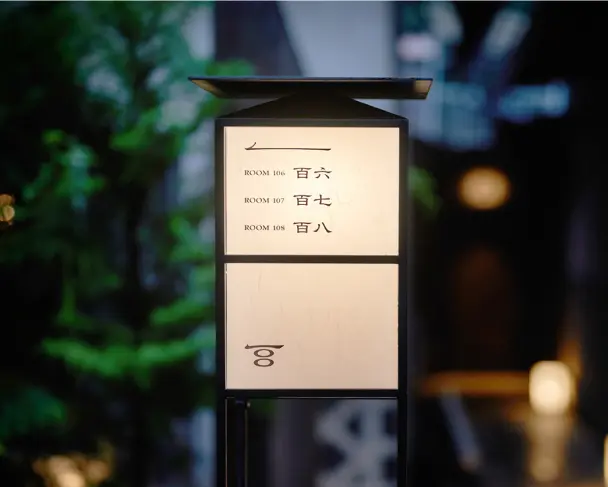
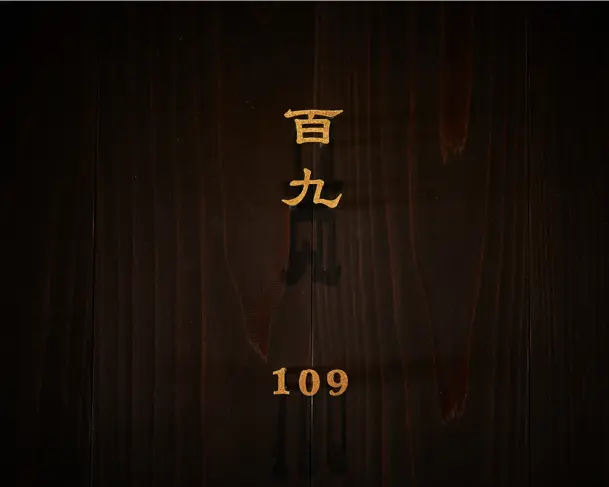
We were also responsible for all signage for the site, the creation of original lanterns featuring the 百 character, the design of the logo for San-Sen, a large public bath using water from the Shinano River, and the design of the web site and leaflets.
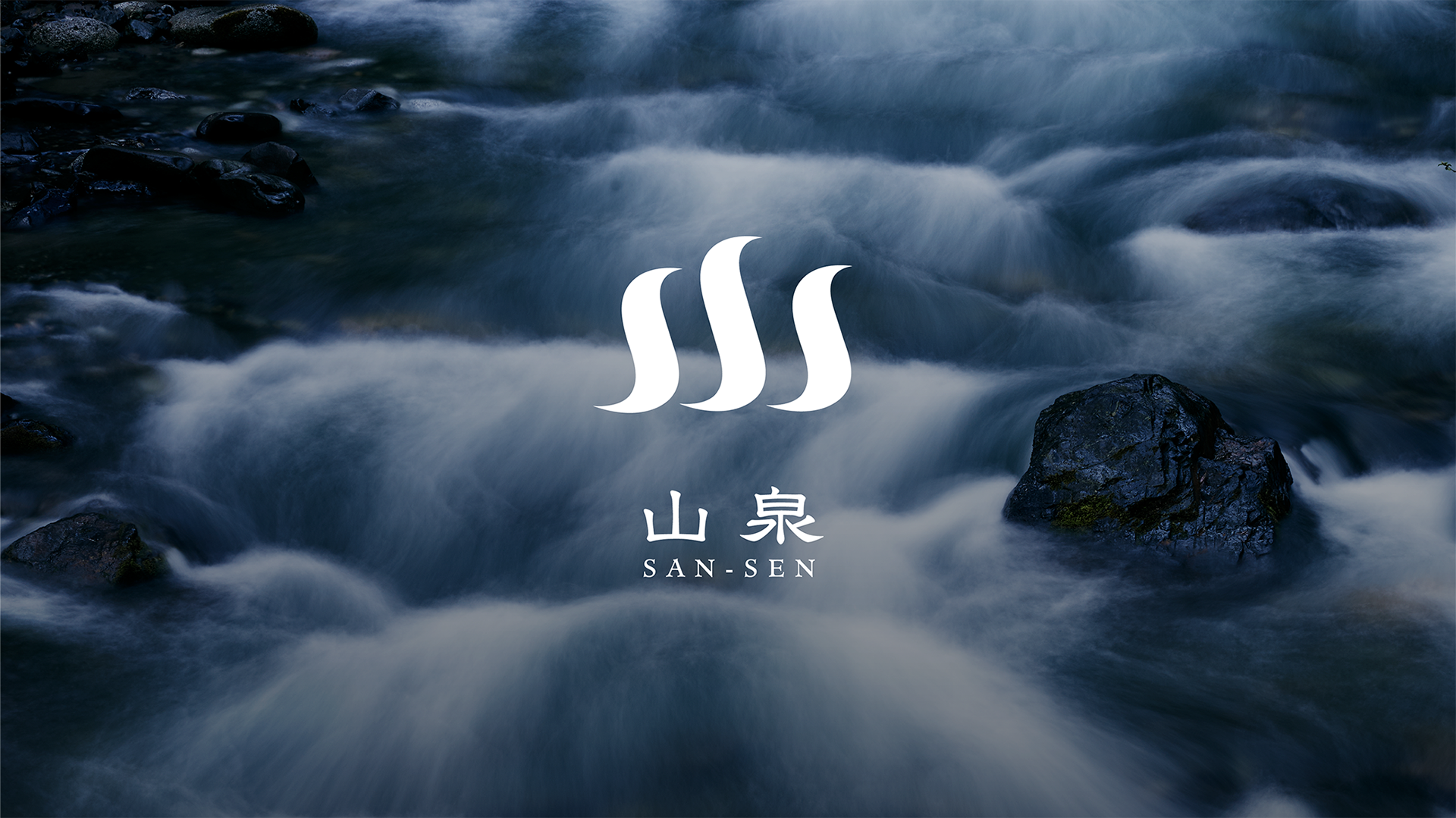
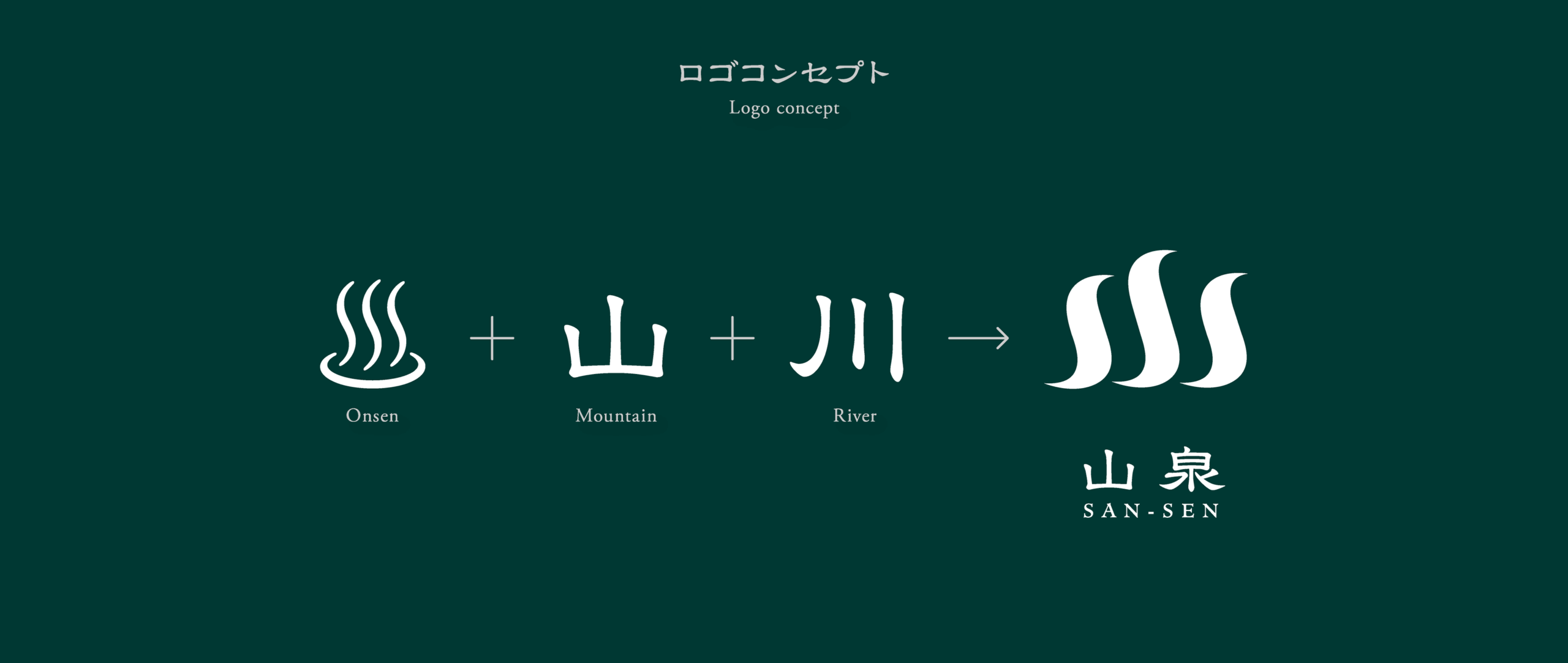
The logo for the natural San-Sen large public bath is inspired by the three lines found in the classic “hot springs” symbol used on maps, and reformulates it into a symbol that could be variously interpreted as the 山 character (mountain) or 川 character (river). The original design of the hand cloths features aerial photographs of water springing up from the surrounding mountains.
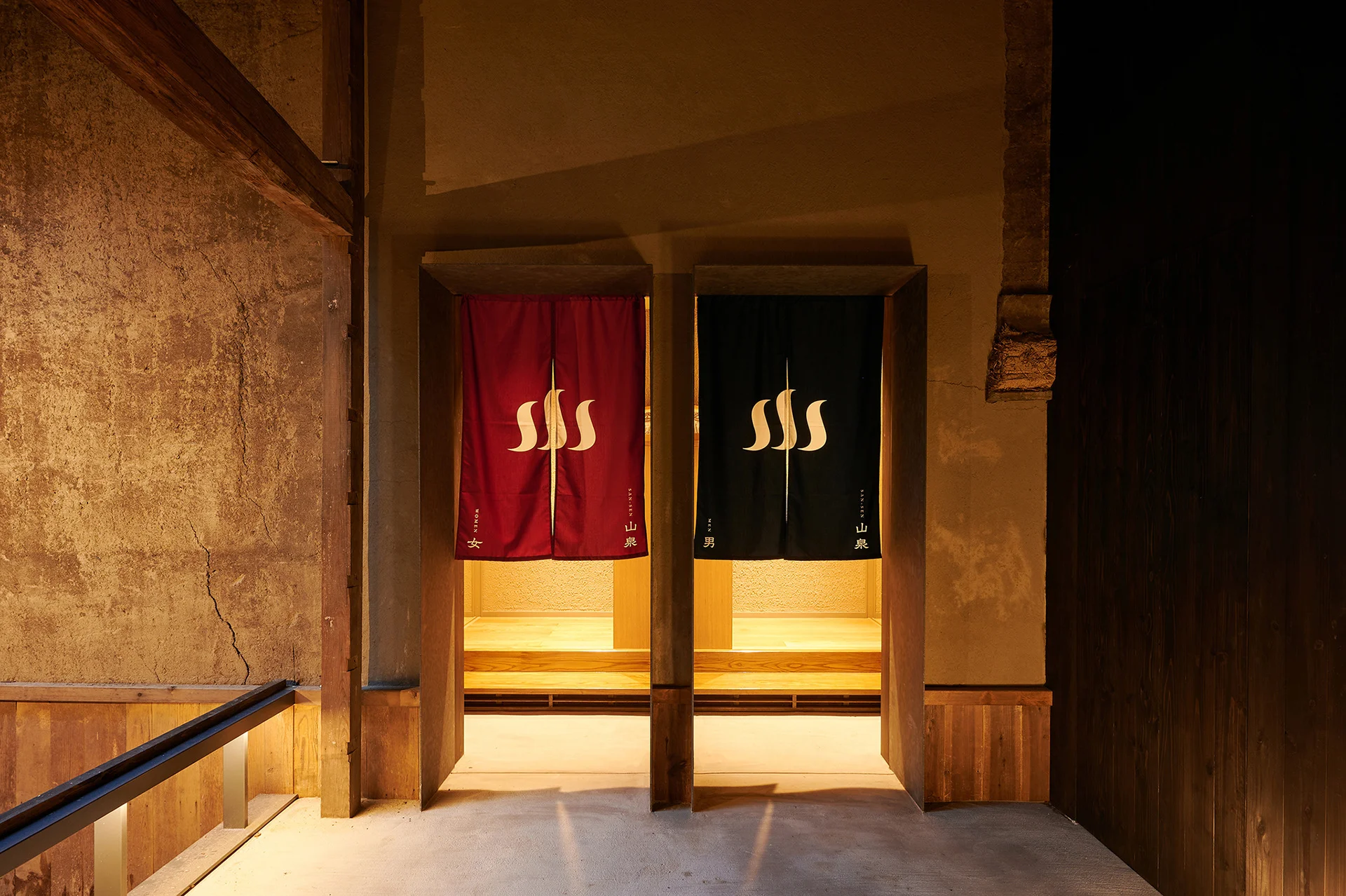
The logo for the natural San-Sen large public bath is inspired by the three lines found in the classic “hot springs” symbol used on maps, and reformulates it into a symbol that could be variously interpreted as the 山 character (mountain) or 川 character (river). The original design of the hand cloths features aerial photographs of water springing up from the surrounding mountains.


WILL
Bringing traditional Japanese vistas into the future and fostering relationships between people and local regions.
BYAKU opened on August 4, 2021 as the first high-priced accommodation facility in Narai-juku, and works as a hub connecting world travelers with the indigenous culture of the area as it vitalizes the region. 47 Planning, which manages the site, has launched a subsidiary called “Narai Machiyado” that manages the operation of BYAKU, allowing its members to be involved directly at Narai-juku facilities and foster deep relationships between guests and the community.
It is our hope that the “one hundred experiences” offered by BYAKU will lead to more and more people engaging with Narai-juku and bringing a newfound vitality to the area.
Beyond Narai-juku, there are many areas in Japan that have lost their original vitality and which are far less connected with other regions than they once were. The BYAKU model transforms resources in towns and local architecture into stories that guests can experience, and enhances the appeal of these local regions, making them destinations. We believe that approach can be deployed nationwide.
Going forward, we will continue to create symbiotic relationships between local communities and tourists by utilizing the various resources that lie dormant in these regions, and aim to bring the beautiful original scenery of Japan into the future.
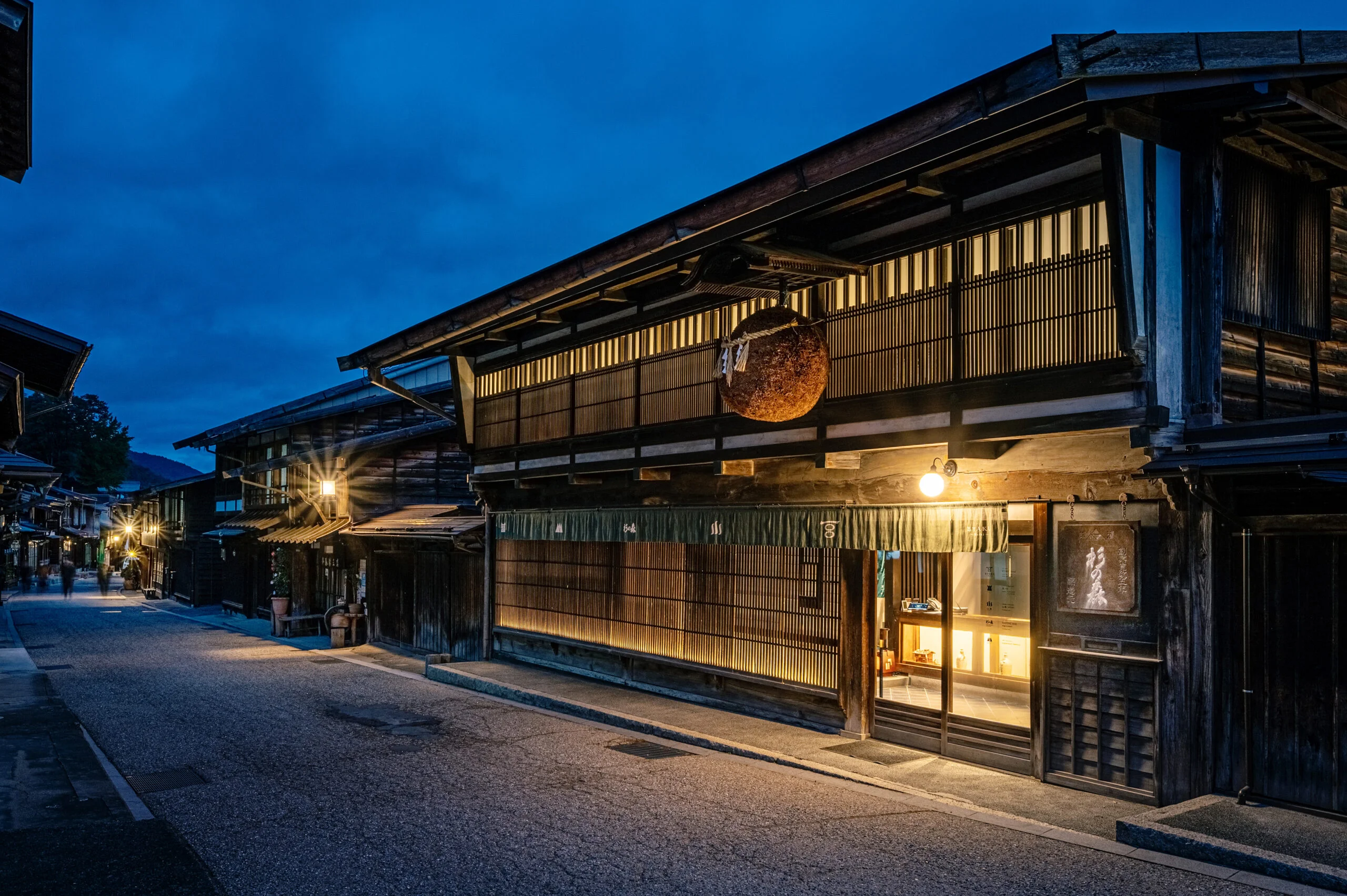

INFORMATION
- What
- BYAKU
- When
- 2021
- Where
- Narai-juku, Nagano, Japan
- Client
- Scope
- Branding / Branding stationary / Logo / CI Guideline / Promotional items / Pamphlet / Photograph / Web and Front End / Signage / Noren / Promotion Strategy Support / Business card / Welcome card / Hand towel / Promotional Video
- Award
- Social Products Award (2023)
- SDGs
CREDIT
- Art Direction
- NOSIGNER (Eisuke Tachikawa)
- Creative Direction
- NOSIGNER (Eisuke Tachikawa), 47PLANNING (Tatsuya Miyachi)
- Graphic Design
- NOSIGNER (Eisuke Tachikawa, Ryota Mizusako, Noemie Kawakita, Moe Shibata)
- Web Design
- NOSIGNER (Eisuke Tachikawa, Ryota Mizusako, Noemie Kawakita)
- Development
- NOSIGNER (Naoki Hijikata)
- Photograph
- Masahiro Ikeda, NOSIGNER (Yuichi Hisatsugu)
- Video
- NOSIGNER (Eisuke Tachikawa, Yuichi Hisatsugu)
